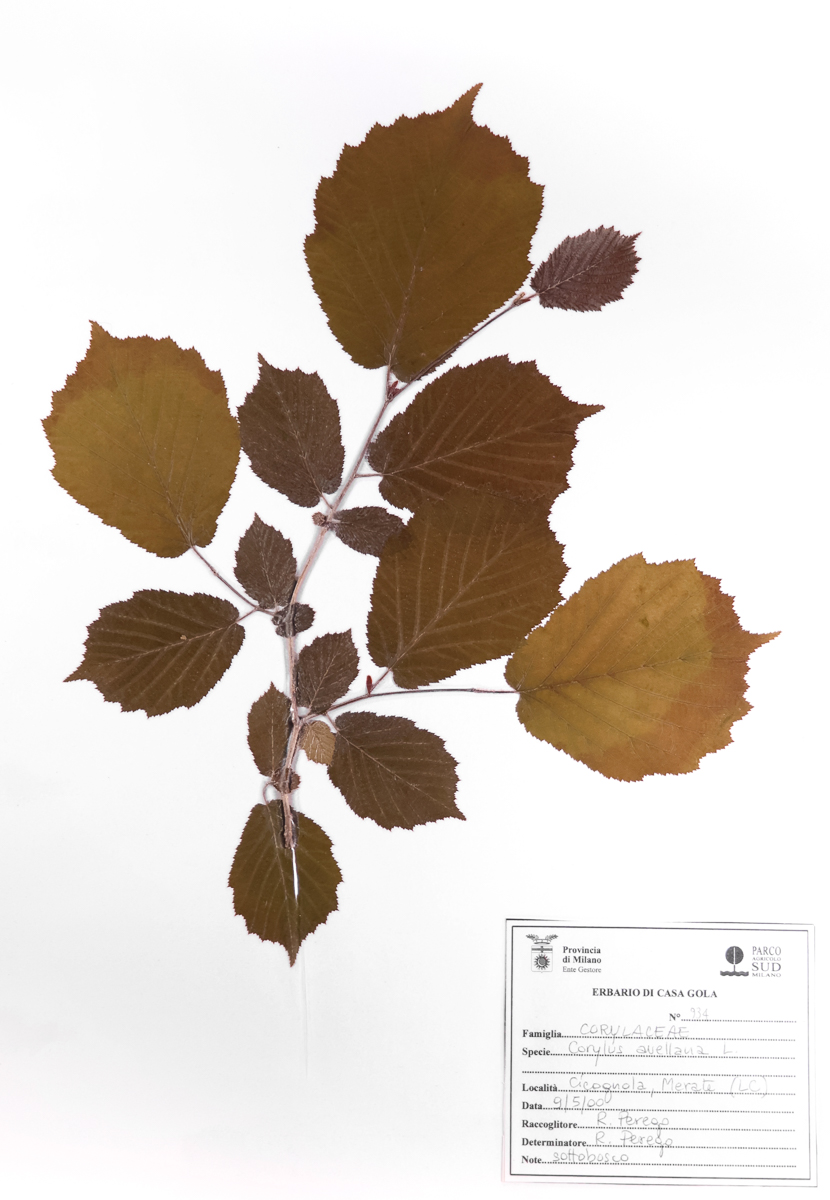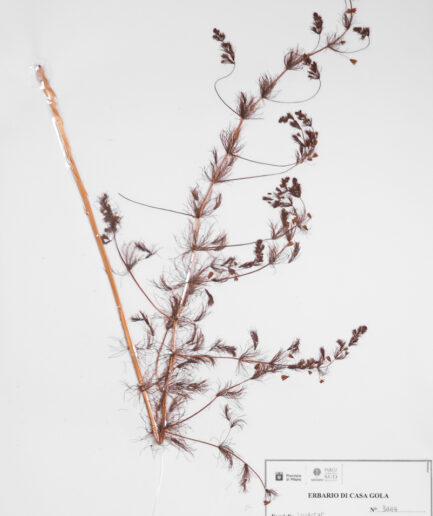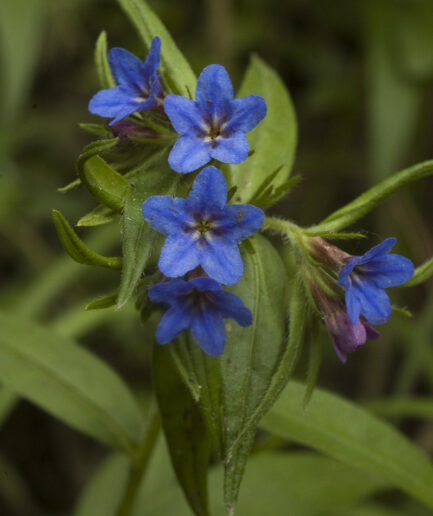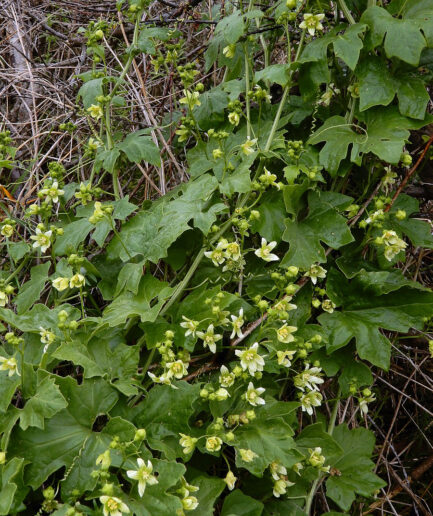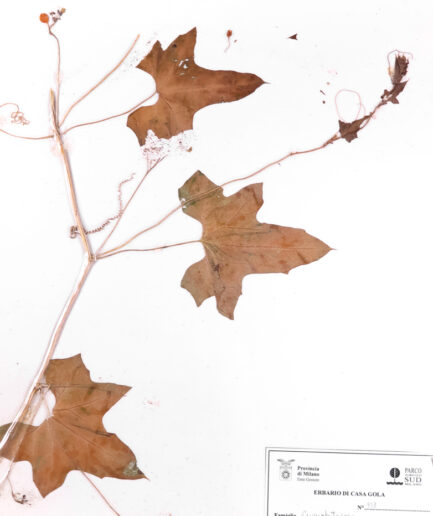Hazelnut
Scientific name: Corylus avellana L.
Family name: Betulaceae
MORPHOLOGY
Growth habit and size: Shrub 3-4 m tall with dense foliage.
Bark: Dark brown.
Leaves: Alternate, rounded and acuminate towards the apex, with a double-toothed margin.
The underside is hairy and lighter in color compared to the upper side.
Flowers: Male flowers are clustered in pendulous yellowish catkins. Female flowers are inconspicuous, and bud shaped. Blooms early, around late winter to early spring, preceding foliation.
Fruits and seeds: Dry fruits, known as achenes or commonly hazelnuts, brownish in color, protected by a hard capsule. They ripen in late summer.
DISTRIBUTION AND HABITAT
The hazelnut is a plant native to Asia Minor, very common from the Mediterranean to mountainous areas, reaching up to 1,200 meters in altitude. It adapts to various soils, well-suited for colonizing bare and landslide-prone soils. It is considered a ubiquitous species with a high capacity for recolonizing abandoned areas.
USE
Cultivated as a fruit plant in many regions; hazelnuts have edible seeds, rich in oil used in food, the paint industry, and perfumery. The whitish wood, of mediocre quality and small size, is mainly used for poles, barrels, or as fuel for producing charcoal. In herbal medicine, hazel bark is used for its febrifuge and cicatrizing properties, while the leaves are attributed with depurative, antidiarrheal, antihemorrhagic, and vasoconstrictive properties. Before using any plant-based product (medicinal or non-medicinal) for therapeutic or similar purposes, it is always advisable to consult with a doctor.
INTERESTING FACTS
The genus name derives from the Greek “Kóris” (helmet) due to the shape of the husk covering the fruits. The species name “avellana” comes from the widespread presence of the plant in the Avellino area since ancient times. The Corylaceae family is no longer recognized as a valid grouping. Modern classification includes the Corylaceae as a tribe within the Betulaceae family.
Photos: Provided under free license by Saxifraga-Rudmer Zwerver and Jan van der Straaten



